
Breast Biopsy
A breast biopsy is a medical procedure in which a small sample of breast tissue is removed for examination under a microscope.

A breast biopsy is a medical procedure in which a small sample of breast tissue is removed for examination under a microscope.

Brain stem glioma is a type of tumor that occurs in the brain stem, which controls vital functions such as breathing, heart rate, and blood pressure.
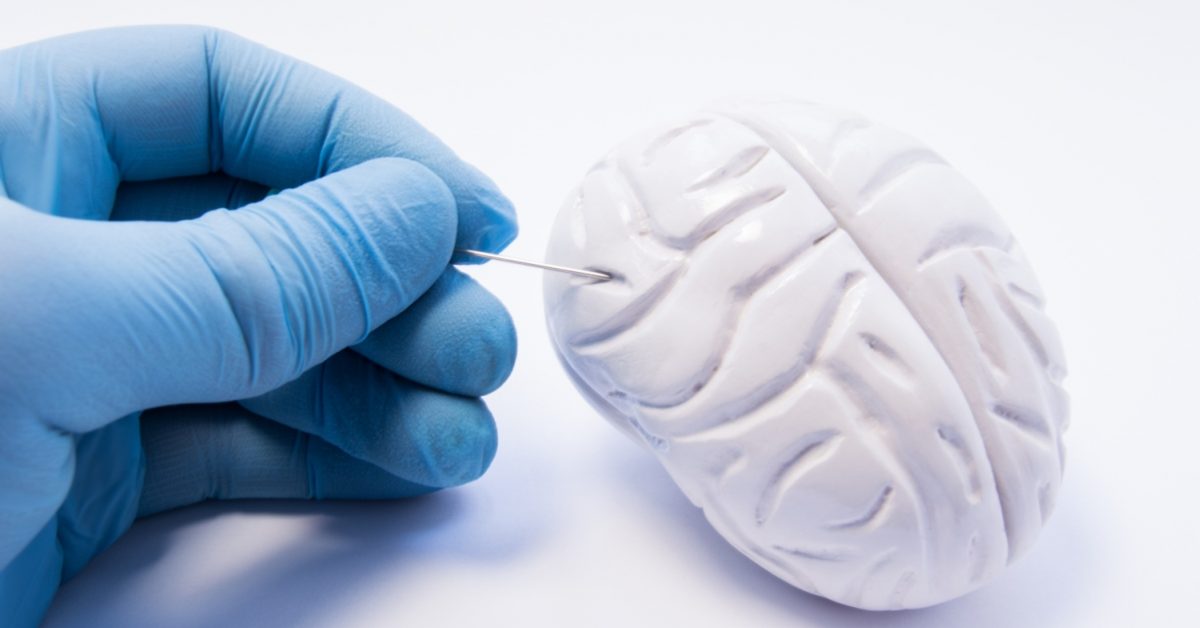
A brain biopsy is a medical procedure used to remove a small sample of brain tissue for diagnostic examination.

A brain abscess is a localized infection within the brain tissue, typically resulting from bacteria, fungi, or parasites that lead to the formation of pus.

Bradycardia is a medical condition characterized by an abnormally slow heart rate, typically defined as fewer than 60 beats per minute.

Bone grafting is a surgical procedure that involves transplanting bone tissue to repair or regenerate damaged bones.

A bone density test evaluates the presence of osteoporosis, a condition that leads to fragile bones prone to fractures.

Bladder exstrophy is a congenital condition where the bladder is formed outside the body, leading to a range of urinary and reproductive challenges.

Bladder instillation is a medical procedure where a liquid treatment is directly introduced into the bladder, often to manage conditions like interstitial cystitis or bladder infections.
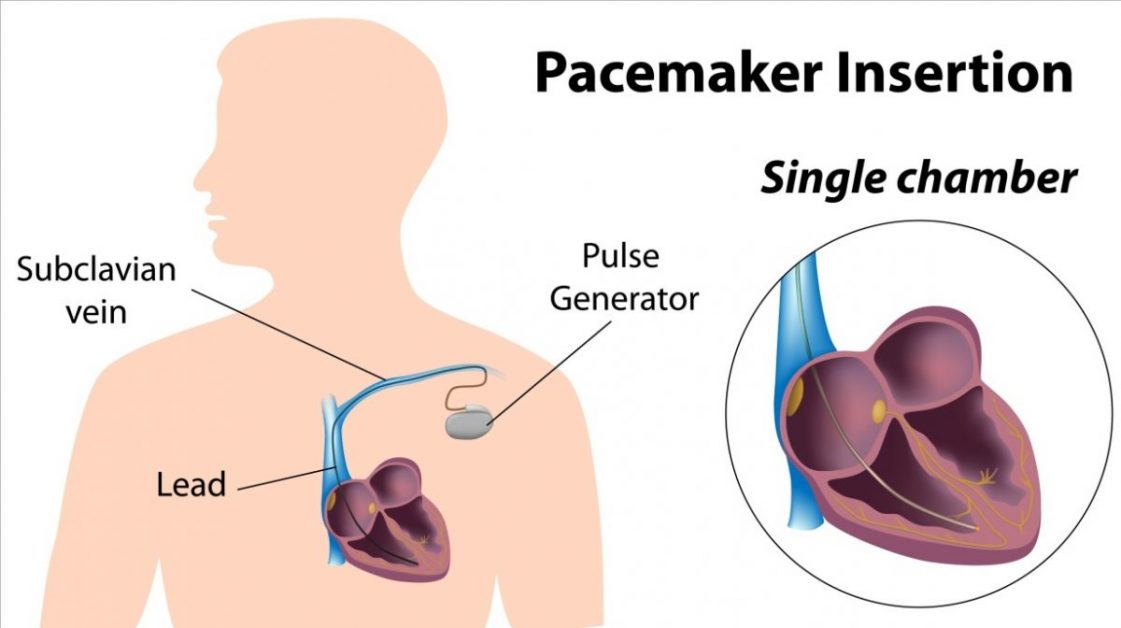
Biventricular pacing is a cardiac therapy that synchronizes the contractions of the heart’s ventricles to improve blood flow and enhance heart function.
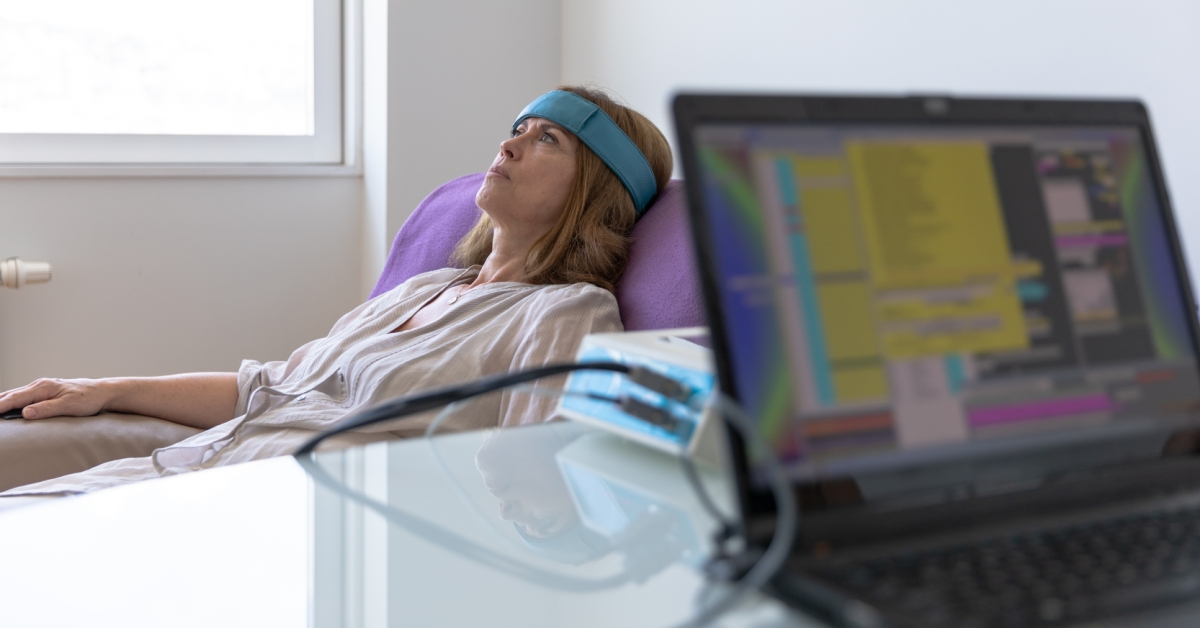
Biofeedback therapy is a technique that teaches individuals to control physiological functions by providing real-time data about their bodily processes.

Biliary atresia is a congenital condition characterized by the absence or malformation of bile ducts, leading to bile accumulation in the liver.

Benign Prostatic Hyperplasia (BPH) is a common condition in older men characterized by an enlarged prostate gland, leading to urinary difficulties such as frequent urination and a weak urine stream.

Barrett’s esophagus is a condition in which the lining of the esophagus changes, often due to prolonged acid reflux, leading to a higher risk of esophageal cancer.

A barium enema is an X-ray examination designed to identify changes or abnormalities in the large intestine (colon).

Autoimmune diseases occur when the immune system mistakenly attacks the body’s own tissues, leading to inflammation and damage.

Augmentation cystoplasty is a surgical procedure that enhances bladder capacity by using a segment of intestinal tissue to create a larger reservoir.

Atrial flutter is a type of irregular heartbeat where the upper chambers of the heart beat rapidly, often leading to symptoms like palpitations and fatigue.

Asthma is a chronic respiratory condition characterized by inflammation and narrowing of the airways, leading to difficulty in breathing, wheezing, and coughing.
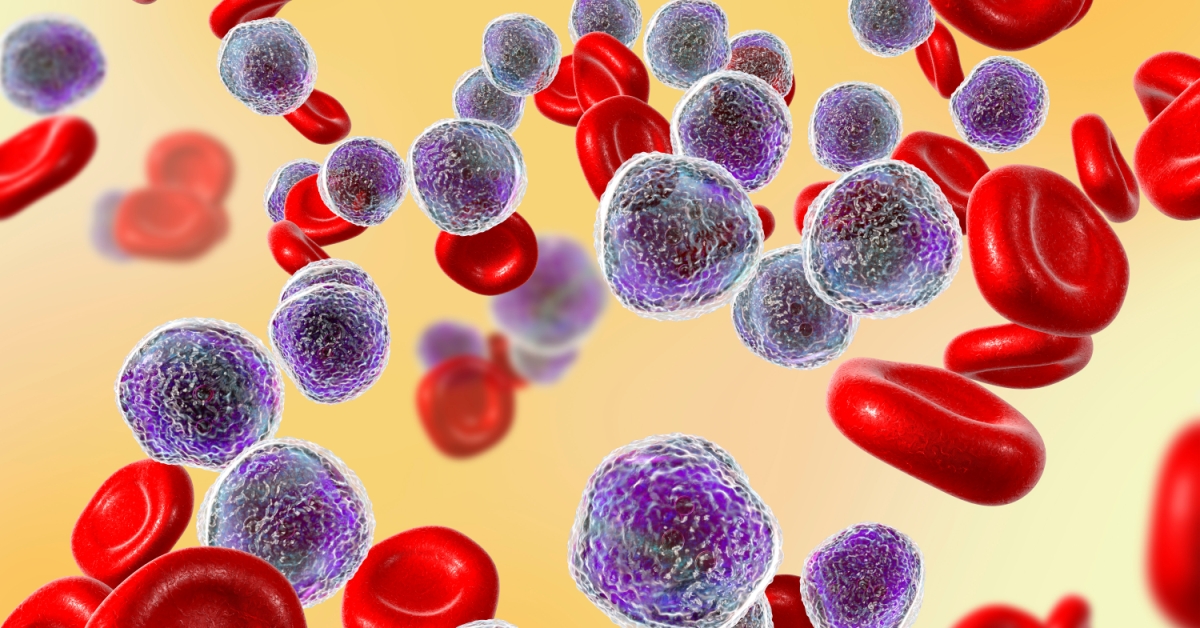
Acute Lymphocytic Leukemia (ALL) is a fast-growing cancer of the blood and bone marrow, primarily affecting children but also adults.

Asherman’s syndrome is a condition characterized by the formation of scar tissue in the uterus, often as a result of surgery, infection, or trauma.

An arteriovenous fistula (AVF) is an abnormal connection between an artery and a vein, allowing blood to flow directly from the arterial system into the venous system.

Aortofemoral bypass is a surgical procedure aimed at restoring blood flow to the lower extremities by bypassing obstructed arteries.

Aortic root replacement is a surgical procedure aimed at addressing conditions affecting the aortic root, the section of the aorta that connects to the heart.

Anterior Cervical Discectomy and Fusion (ACDF) is a surgical procedure used to treat cervical spine conditions, particularly those involving herniated discs, spinal stenosis, or degenerative disc disease.
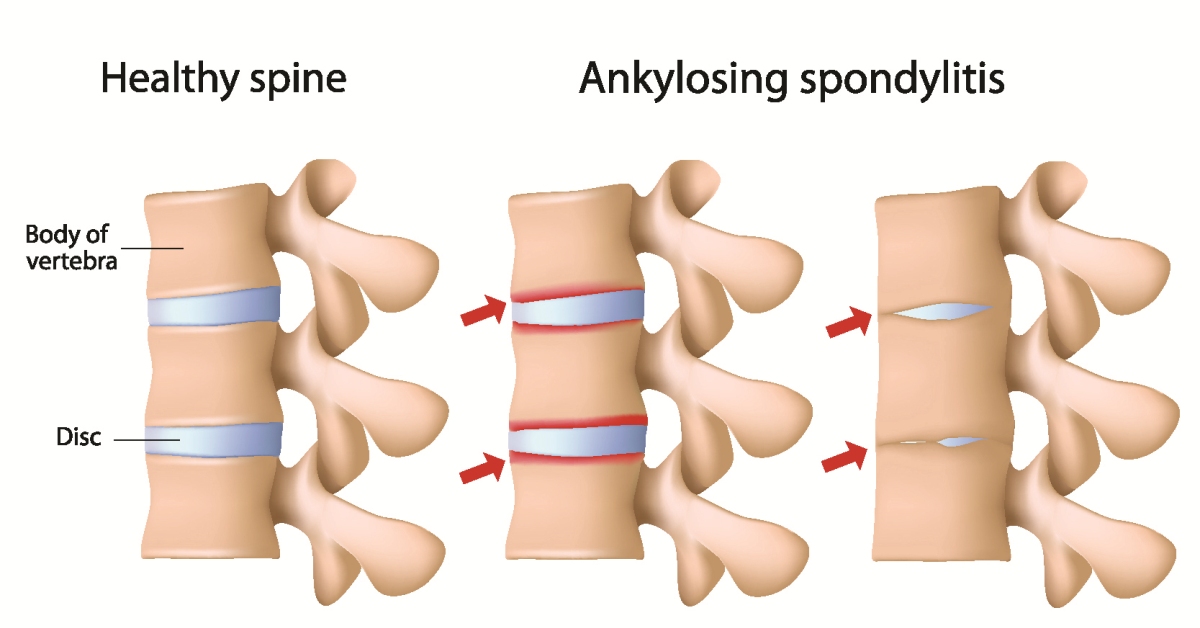
Ankylosing spondylitis is a chronic inflammatory condition primarily affecting the spine and the sacroiliac joints, where the spine connects to the pelvis.

Angiosarcoma is a rare and aggressive form of cancer that arises from the lining of blood vessels or lymphatic vessels.

Angina is a type of chest pain or discomfort that occurs when the heart muscle doesn’t receive enough oxygen-rich blood.

An anal fistula is a small tunnel-like structure that develops between the end of the intestines and the skin near the anus.

Amyloidosis is a rare disorder characterized by the abnormal buildup of amyloid proteins in various tissues and organs.

Ameloblastoma is a rare, benign tumor that originates in the jaw, specifically from the epithelial cells involved in tooth development.

Alzheimer’s Disease is a progressive neurodegenerative disorder that primarily affects memory, thinking, and behavior.

Alcoholic Liver Disease (ALD) refers to a spectrum of liver conditions resulting from excessive alcohol consumption.

Adrenoleukodystrophy (ALD) is a rare genetic disorder that affects the adrenal glands and the white matter of the brain.
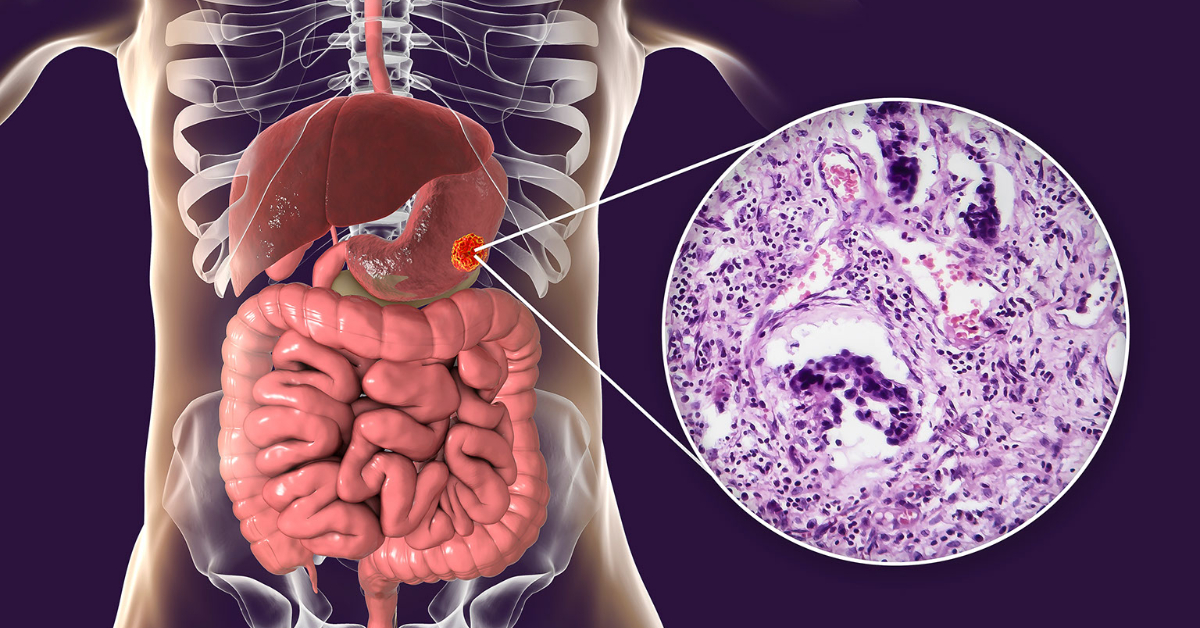
Adenocarcinoma is a type of cancer that originates in glandular tissues, which are responsible for producing fluids such as mucus, hormones, and other secretions.

Acute Respiratory Distress Syndrome (ARDS) is a severe inflammatory condition of the lungs that occurs when fluid builds up in the alveoli, leading to decreased oxygen levels in the bloodstream.
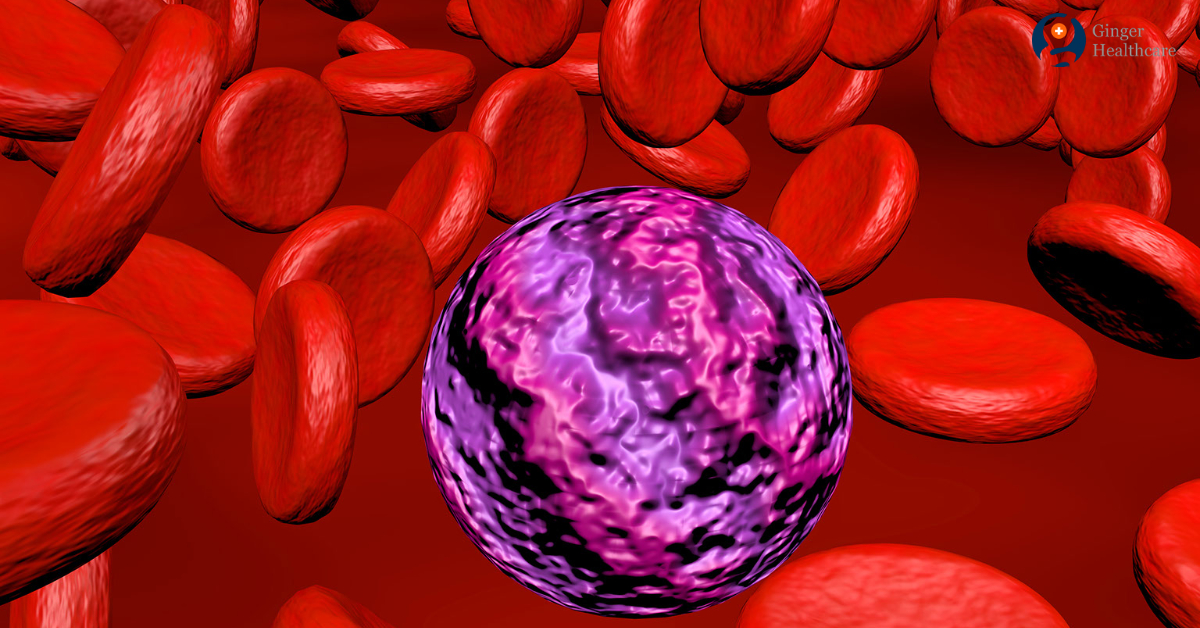
Acute myeloid leukemia (AML) is a rapidly progressing blood cancer that affects the myeloid cells in the bone marrow, leading to the production of abnormal white blood cells.

Acute lymphoblastic leukemia (ALL) is a fast-growing blood cancer that primarily affects white blood cells, leading to symptoms like fatigue, frequent infections, and easy bruising.

Kidney failure, or renal failure, occurs when the kidneys lose their ability to filter waste and excess fluids from the blood effectively.

Acoustic neuroma, a benign tumor on the vestibulocochlear nerve, can lead to hearing loss and balance issues.

Achondroplasia is a genetic disorder characterized by abnormal bone growth, leading to dwarfism and short stature.

Achalasia is a rare esophageal disorder characterized by the inability of the lower esophageal sphincter to relax, leading to difficulty swallowing and chest discomfort.

Ablation th*rapy is a minimally invasive procedure used to destroy abnormal tissue, effectively treating conditions like heart arrhythmias and tumors

Abdominal pain is a common symptom that can arise from various conditions affecting the organs within the abdomen.

Adrenal cancer, a rare type of cancer that originates in the adrenal glands located atop the kidneys, can disrupt hormone production and lead to various health issues.
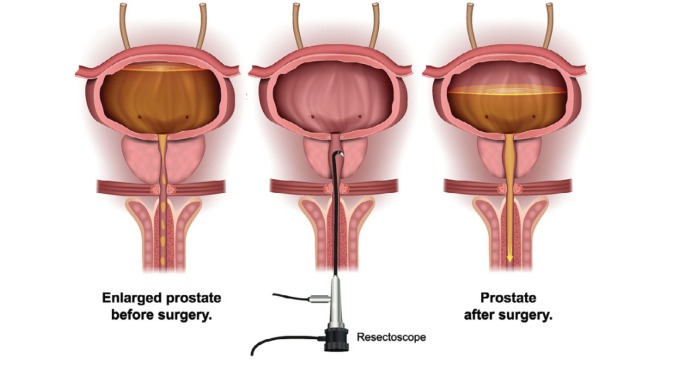
Transurethral Resection of the Prostate (TURP) is a surgical procedure used to treat benign prostatic hyperplasia by removing excess prostate tissue.
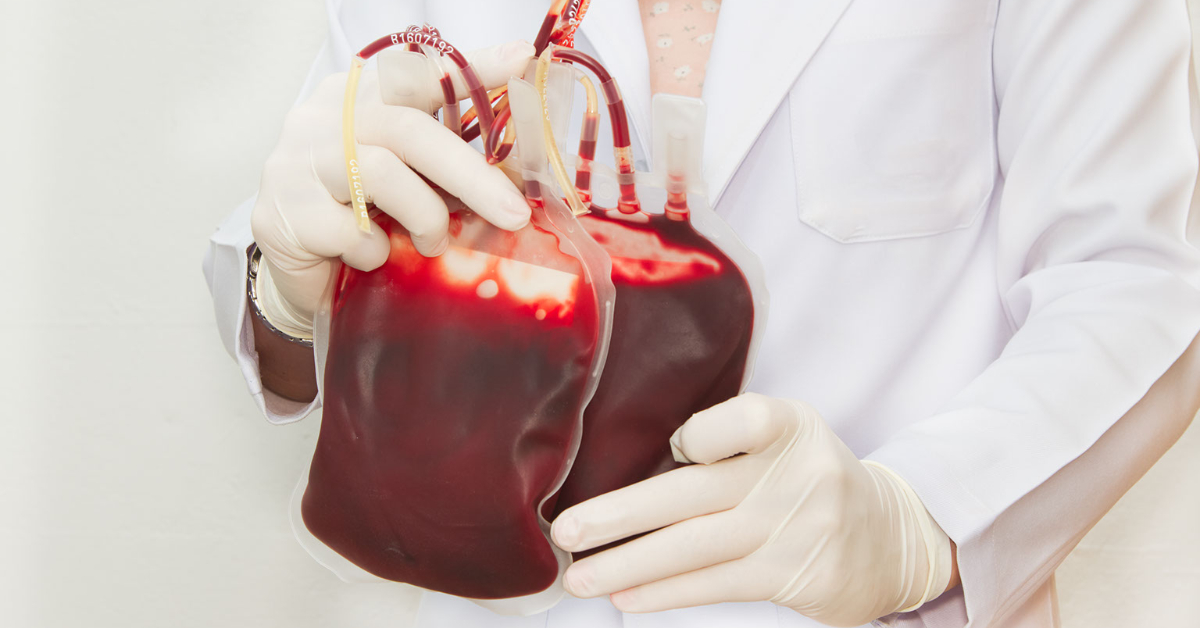
Pediatric bone marrow transplant is a specialized procedure that replaces damaged or diseased bone marrow in children with healthy stem cells, often used to treat conditions like leukemia and other blood disorders.

Lumbar decompression is a surgical procedure designed to relieve pressure on the spinal cord and nerve roots in the lower back.

Hip replacement is a surgical procedure in which a damaged or diseased hip joint is replaced with an artificial implant.

Heart valve replacement is a surgical procedure designed to replace a damaged or diseased heart valve with a new one, ensuring proper blood flow through the heart.
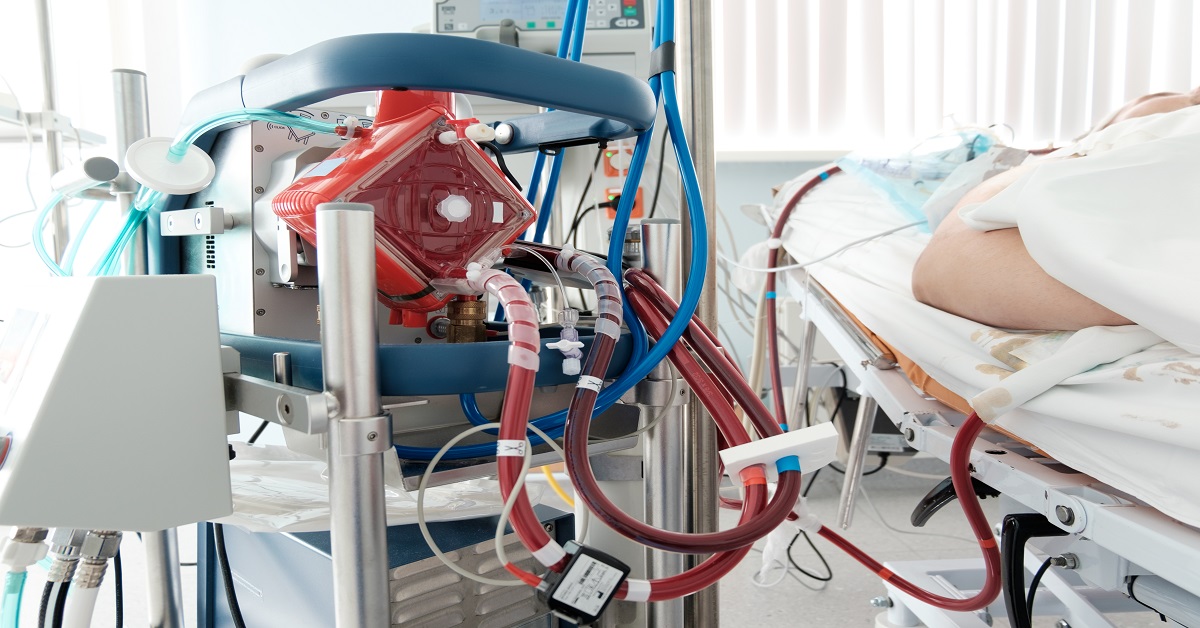
Extracorporeal Membrane Oxygenation (ECMO) is a life-support technique used for patients with severe heart and lung failure.

Discectomy is a surgical procedure that involves the removal of a portion or the entirety of a herniated or damaged intervertebral disc in the spine.
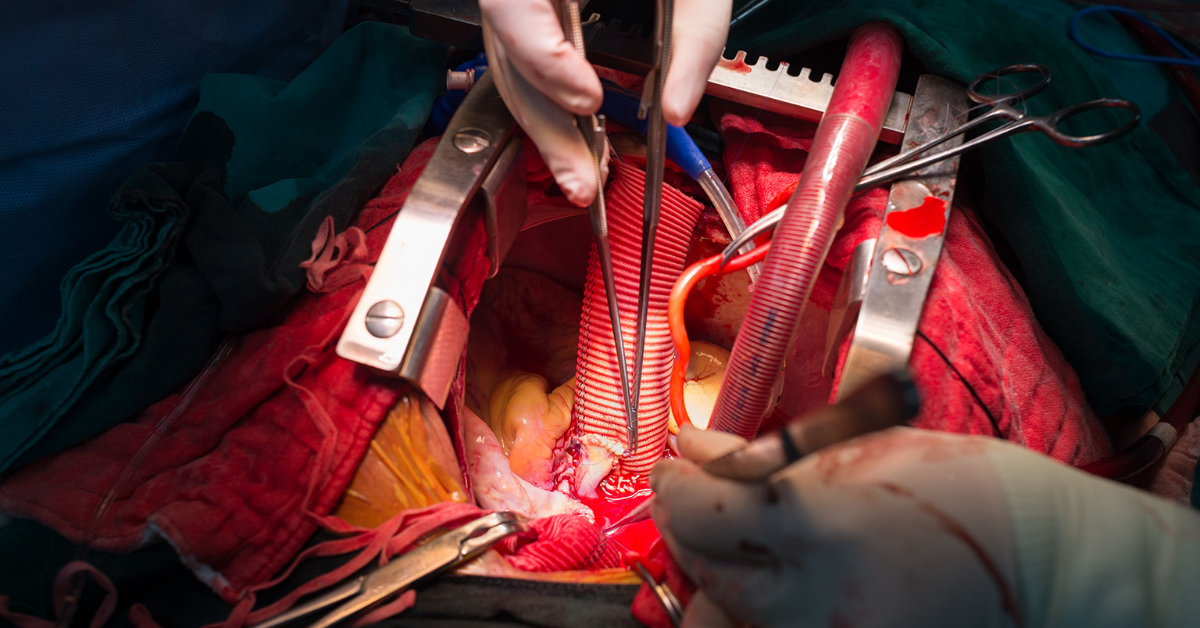
The David procedure is a surgical technique used to repair aortic valve regurgitation and aortic root dilation.
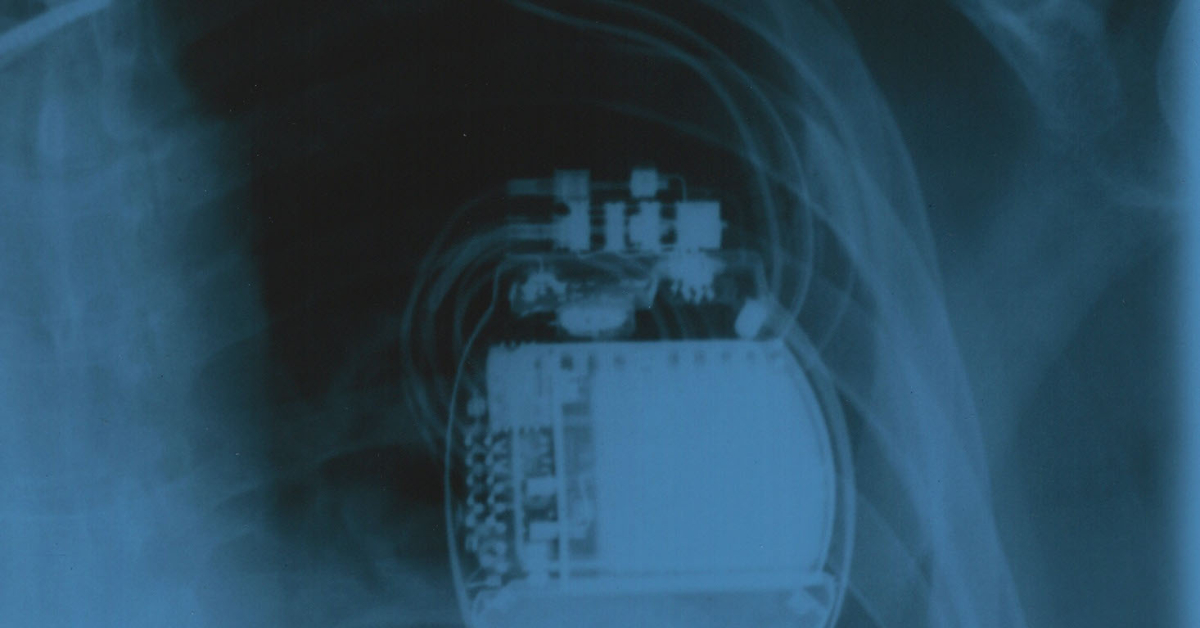
Cardiac Resynchronization Therapy with a Defibrillator (CRT-D) implantation is a specialized procedure aimed at treating heart failure and improving heart function.

Balloon angioplasty is a minimally invasive procedure used to treat narrowed or blocked arteries, often due to conditions like coronary artery disease.

Astrocytoma is a type of tumor that arises from astrocytes, a type of glial cell in the brain and spinal cord.

Aortic valve stenosis is a condition where the aortic valve narrows, restricting blood flow from the heart to the body.

Aortic valve regurgitation is a condition where the aortic valve fails to close properly, allowing blood to flow back into the heart.

Acute Myelogenous Leukemia (AML) is a fast-progressing blood cancer that starts in the bone marrow, leading to an overproduction of immature white blood cells (myeloblasts).

Table of Contents What is an Electrophysiology (EP) Study? Electrophysiology (EP) study is a specialized diagnostic procedure used to evaluate the electrical activity of the
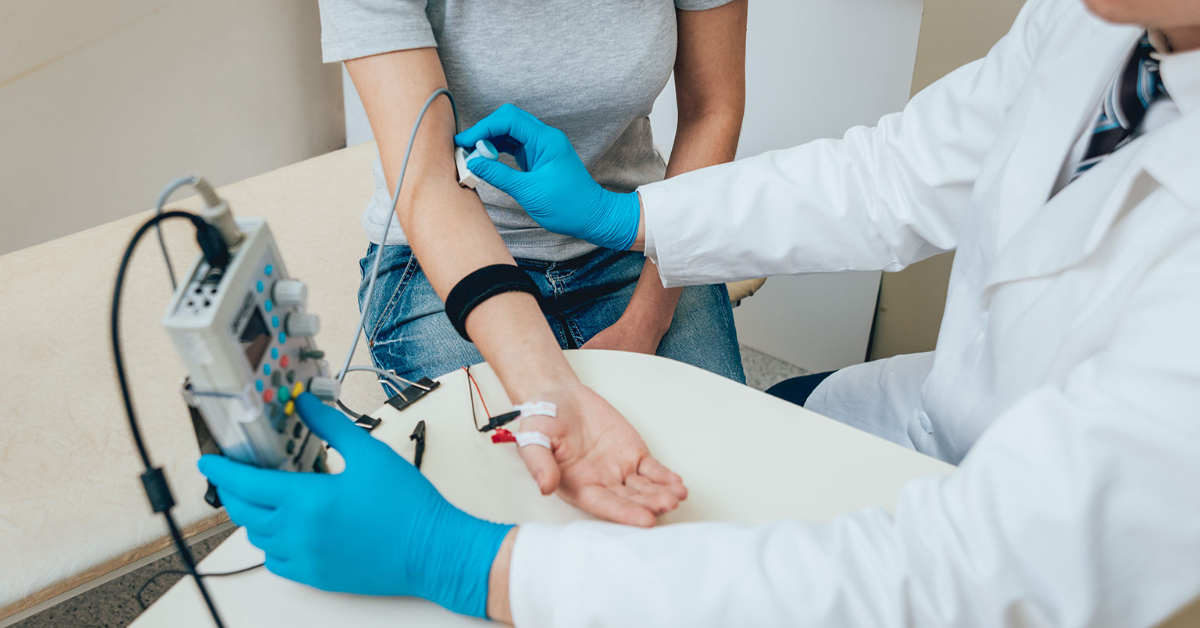
Table of Contents What is Electromyography? Electromyography (EMG) is a diagnostic technique used to assess the health and function of muscles and the nerves that

Table of Contents What is Autologous Bone Marrow Transplant? Autologous bone marrow transplant is a medical procedure where a patient’s own stem cells are collected,
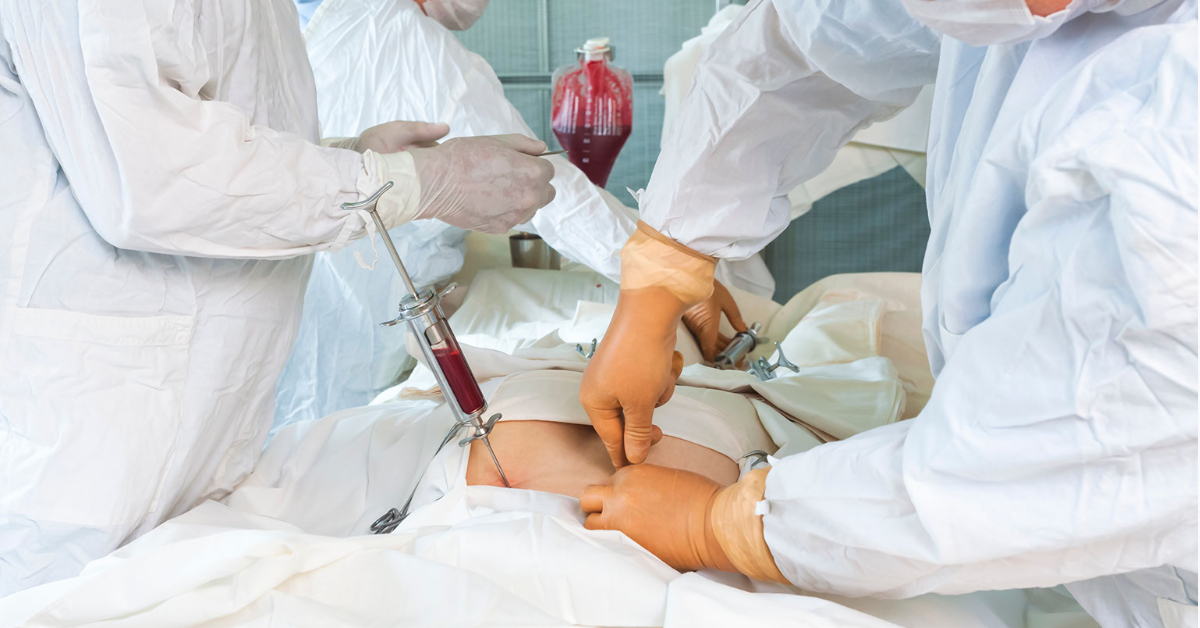
Table of Contents What is Allogenic BMT? Allogenic bone marrow transplant (BMT) is a medical procedure in which a patient’s diseased or damaged bone marrow
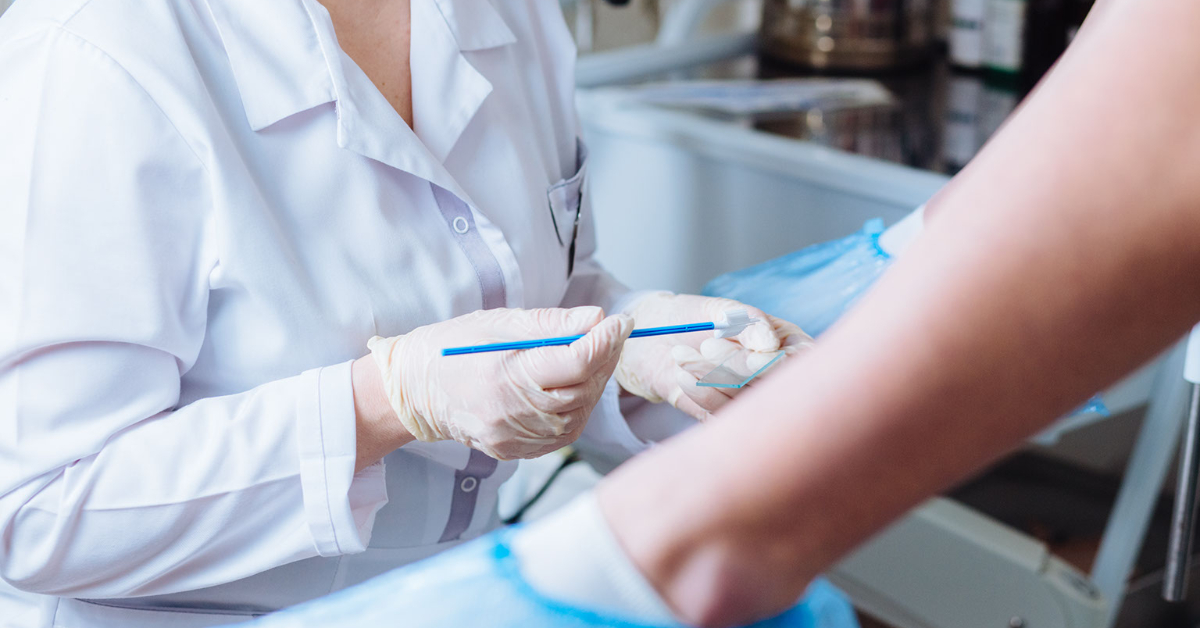
Table of Contents What is Pap Smear Test? A Pap smear test, also known as a Pap test, is a crucial screening procedure designed to
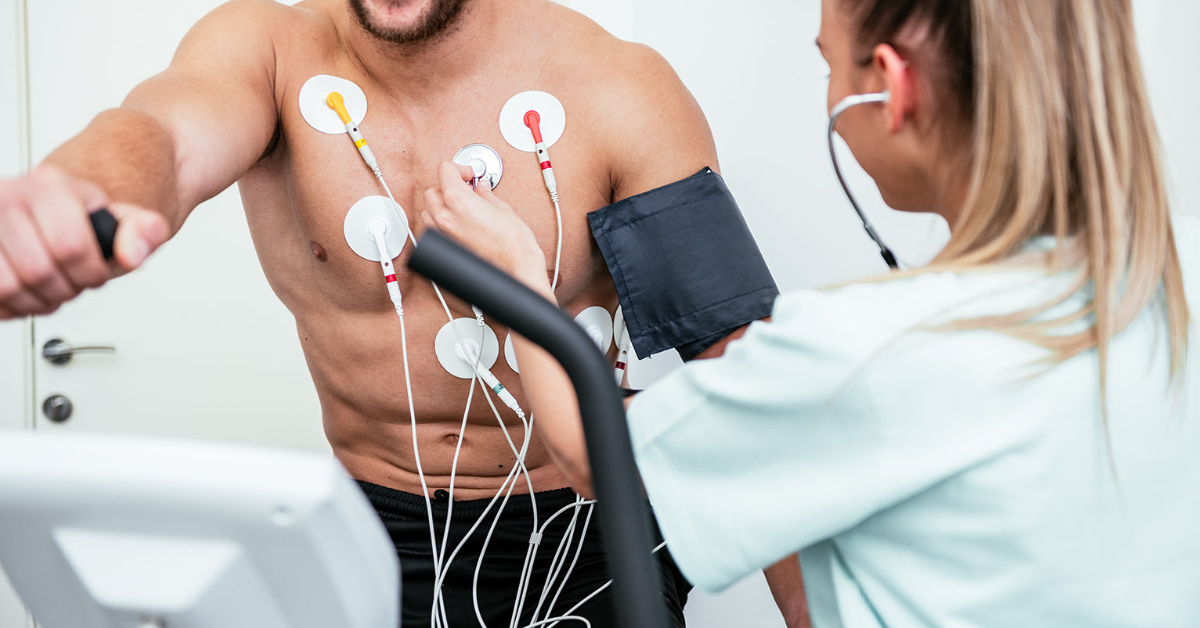
Table of Contents What is Myocardial Perfusion Imaging? Myocardial Perfusion Imaging (MPI) is a diagnostic technique used to assess blood flow to the heart muscle.
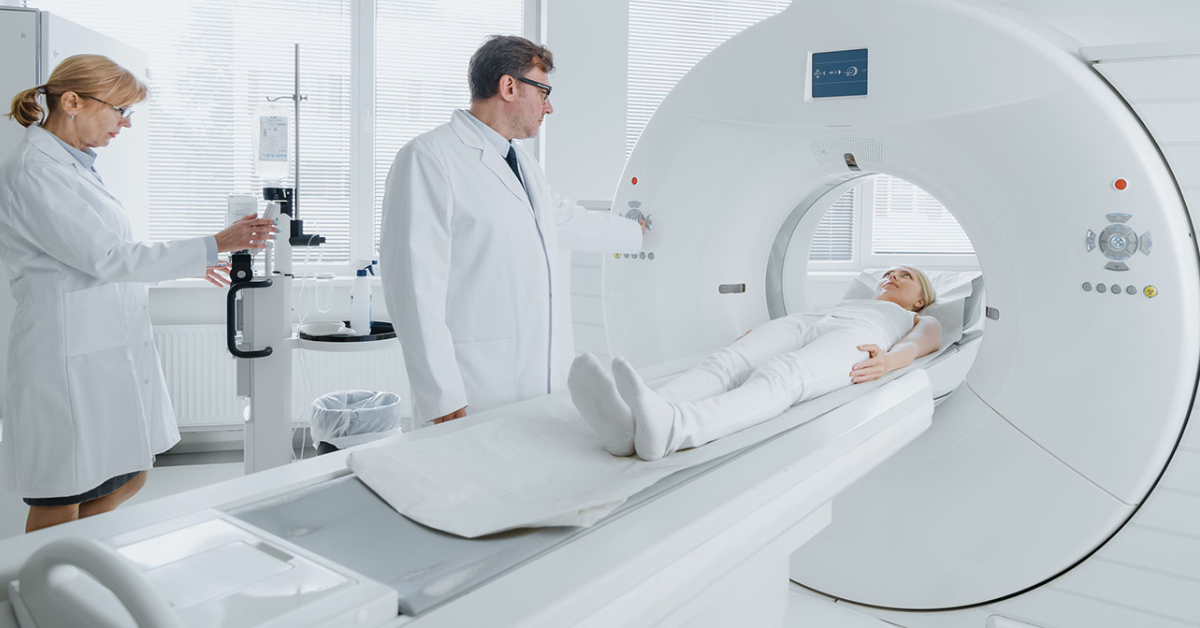
Table of Contents What is MRI Procedure? Magnetic Resonance Imaging (MRI) is a sophisticated medical imaging technique that provides detailed and high-resolution images of the
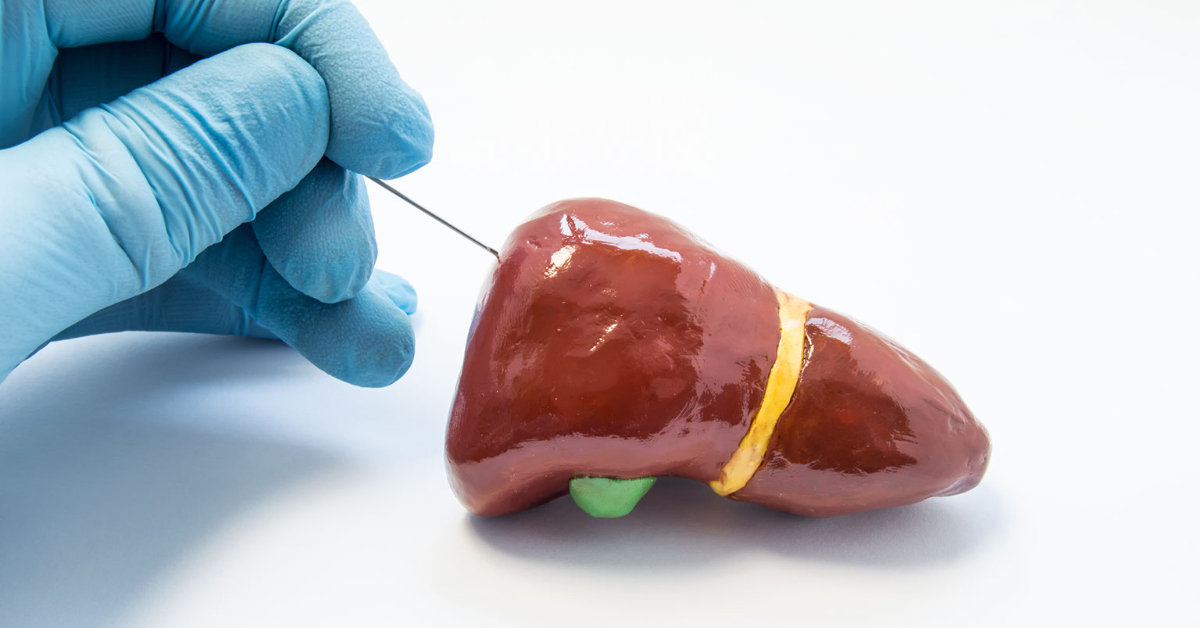
Table of Contents What is Liver Biopsy? A liver biopsy is a crucial medical procedure used to diagnose and assess various liver conditions. By extracting

Table of Contents What is Hysterosonogram Procedure? A hysterosonogram is a diagnostic imaging procedure used to evaluate the uterine cavity. By combining ultrasound with the

Table of Contents What is Hysteroscopy Procedure? Hysteroscopy is a minimally invasive procedure used to examine the inside of the uterus. Performed using a thin,
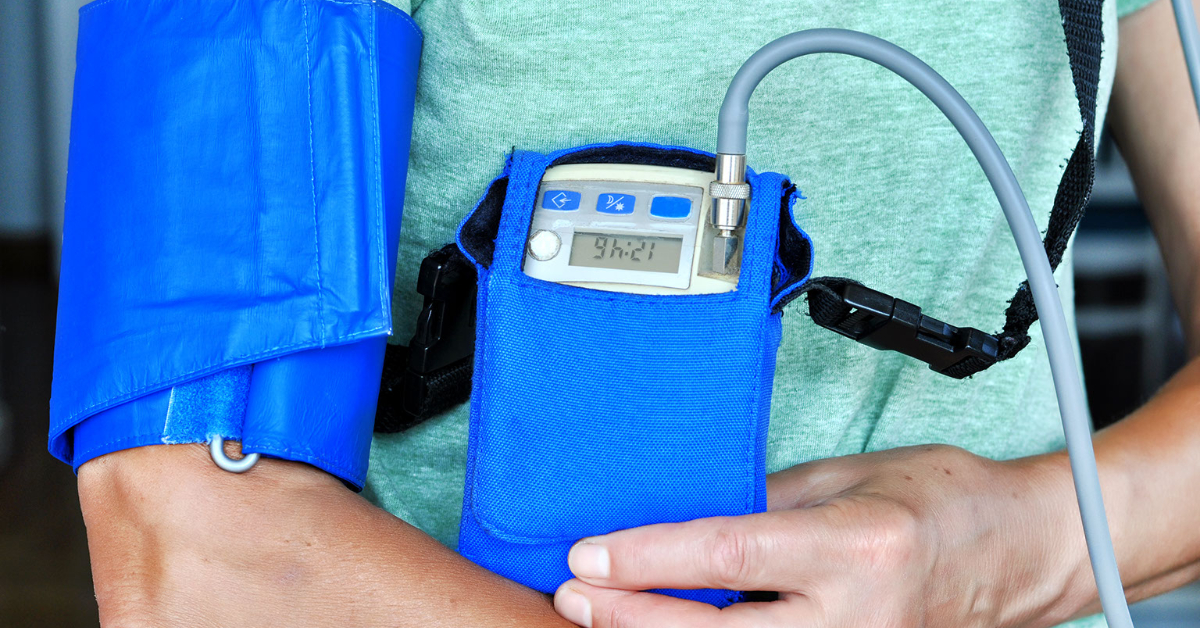
Table of Contents What is Holter Monitoring Procedure? Holter monitoring is a continuous, 24-hour electrocardiogram (ECG) test used to evaluate heart rhythms and detect irregularities.
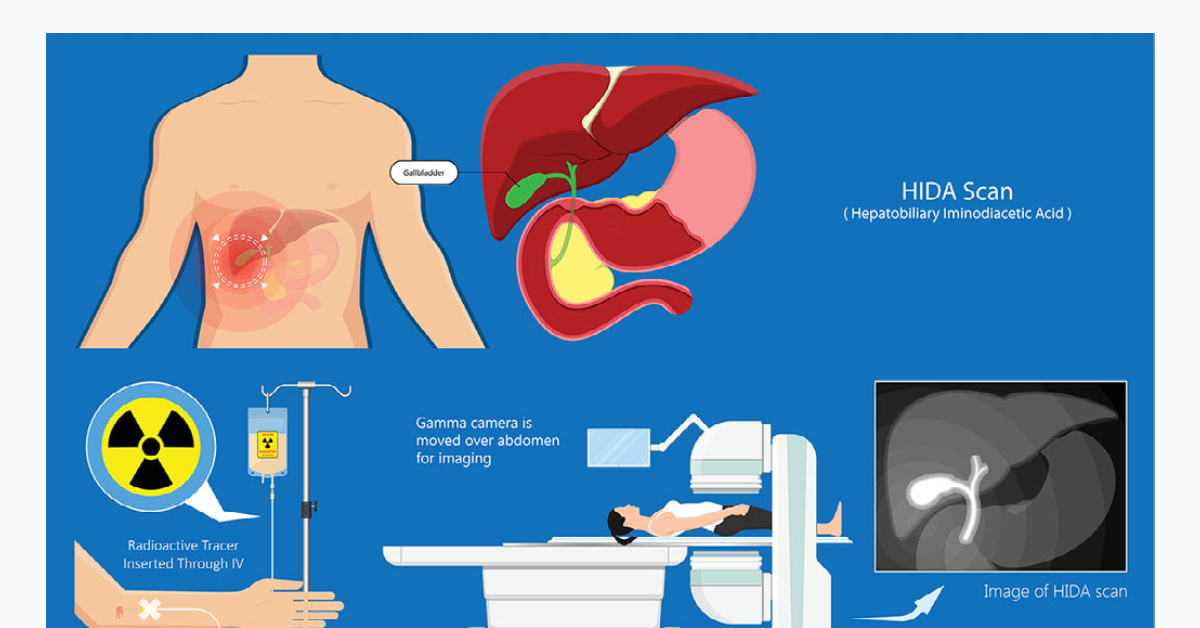
Table of Contents What is HIDA Scan? A HIDA scan, or Hepatobiliary Iminodiacetic Acid scan, is a diagnostic imaging procedure used to evaluate the function
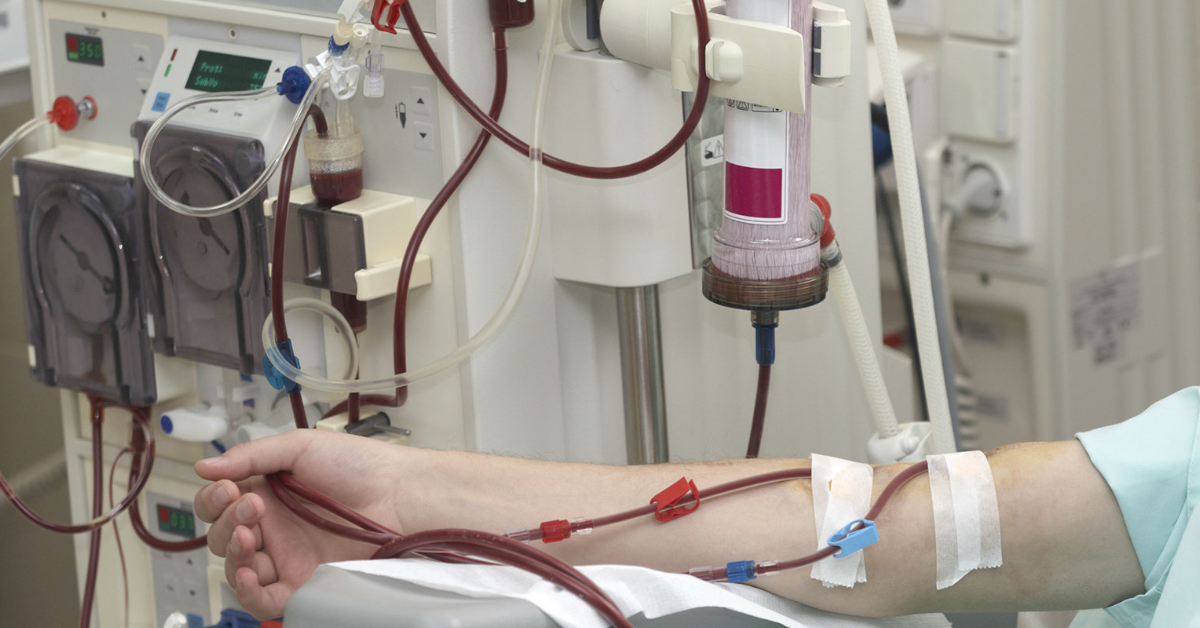
Table of Contents What is Hemodialysis Procedure? Hemodialysis is a medical procedure used to treat kidney failure by removing waste and excess fluid from the
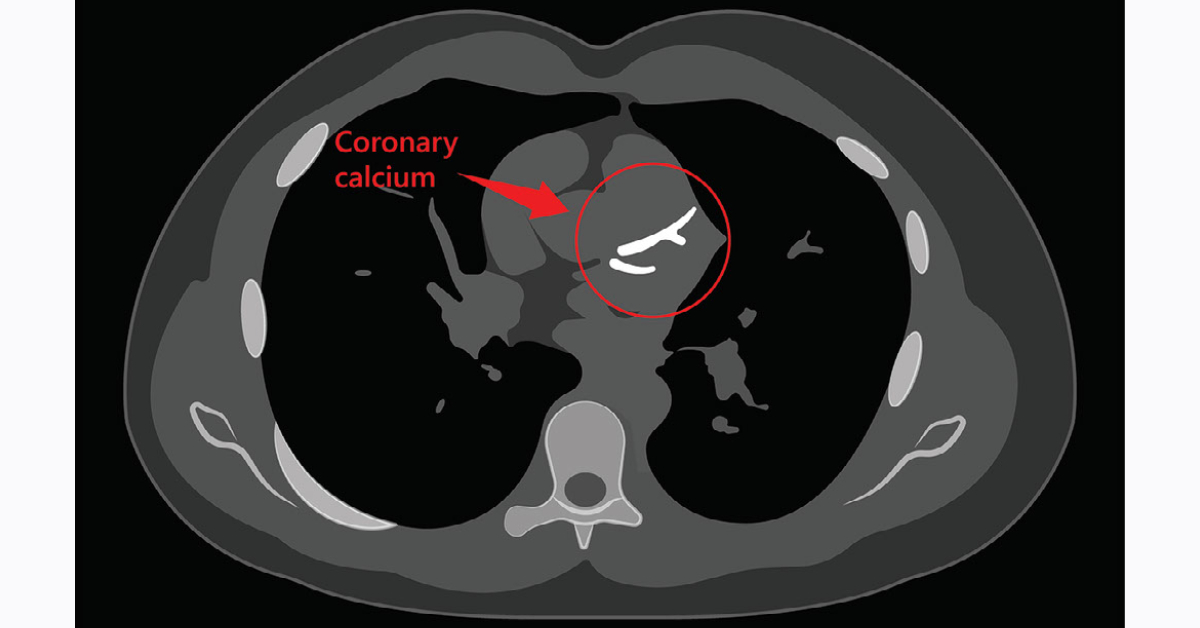
Table of Contents What is Heart Scan Procedure? A heart scan, also known as cardiac imaging, is a diagnostic procedure used to assess the health
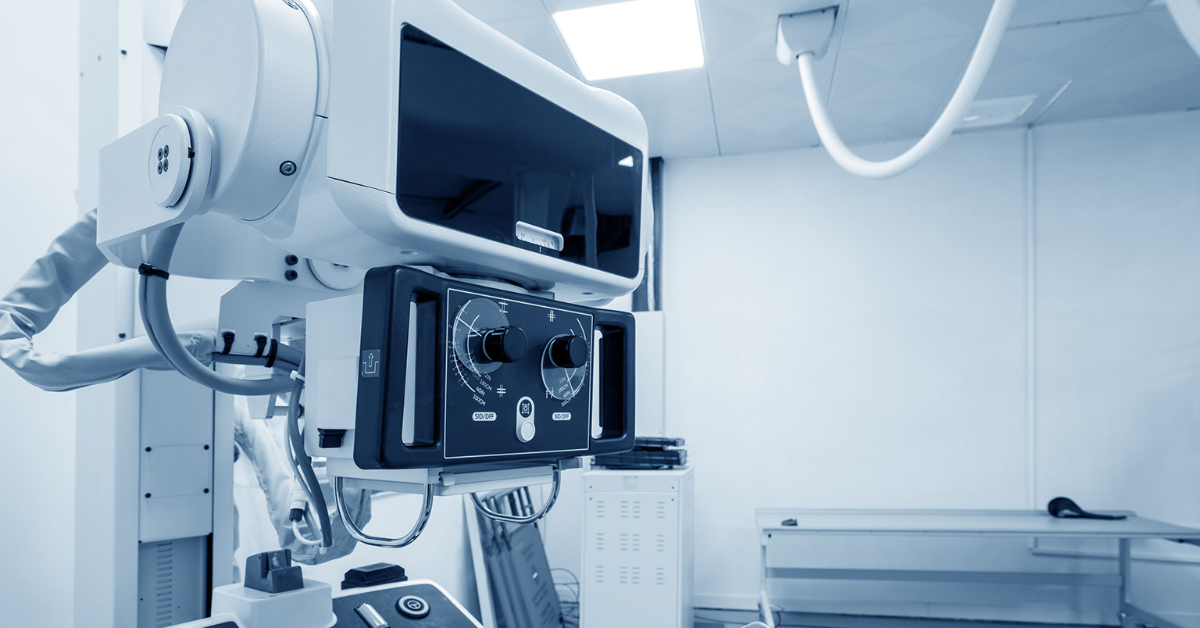
Table of Contents What is Fluoroscopy? Fluoroscopy is a dynamic medical imaging technique that provides real-time visualization of internal structures and functions within the body.

Table of Contents Best Hospitals in India for CT Scan Procedure Discover the top hospitals in India that are trusted for their high-quality CT scan

Table of Contents What is ACL Reconstruction? Anterior cruciate ligament (ACL) reconstruction is a surgical procedure aimed at repairing a torn ACL, a crucial ligament
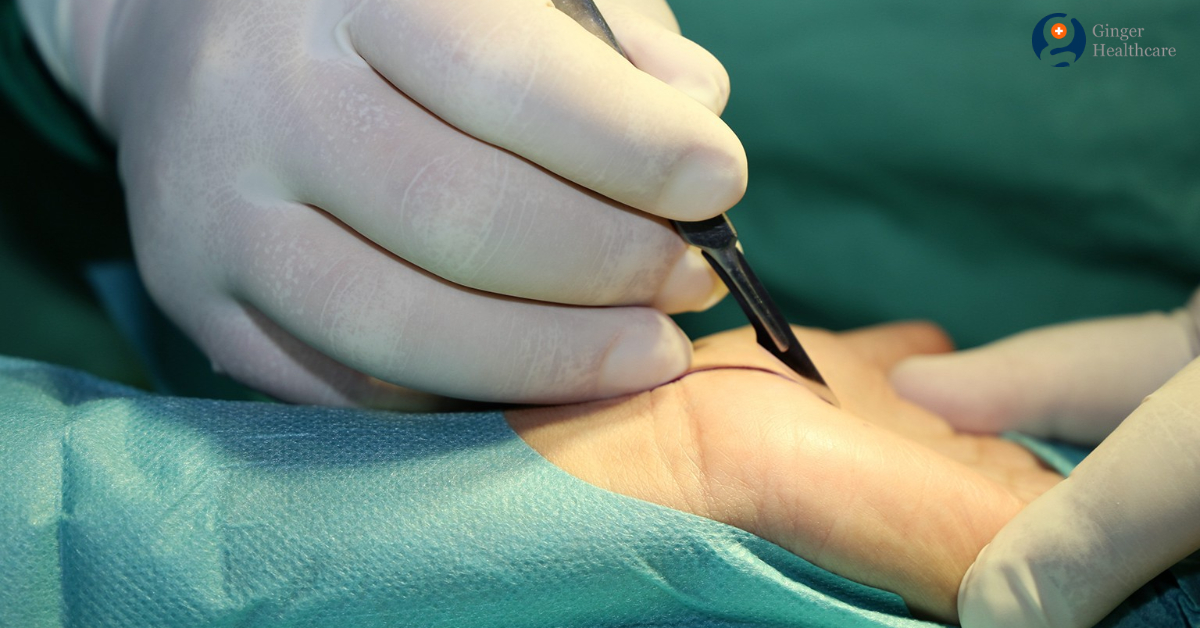
Table of Contents What is Wrist Surgery? Wrist surgery encompasses a range of surgical procedures aimed at addressing various conditions affecting the wrist, including fractures,

Table of Contents What is Wilson’s Disease? Wilson’s Disease is a rare genetic disorder characterized by the abnormal accumulation of copper in various tissues of
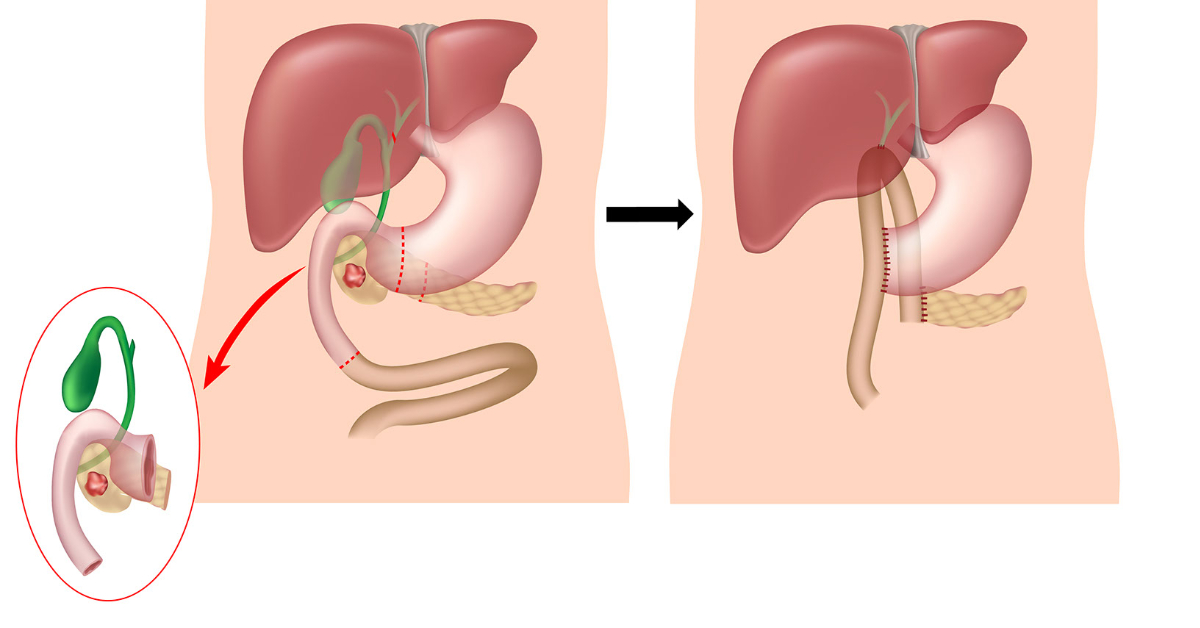
Table of Contents What is Whipple Procedure? The Whipple Procedure, or pancreaticoduodenectomy, is a complex surgery used to treat pancreatic cancer and related conditions. It

Table of Contents What is Vulvectomy? Vulvectomy is a surgical procedure designed to treat cancer or other severe conditions affecting the vulva, the external part

Table of Contents What is Virtual Colonoscopy? Virtual colonoscopy is a non-invasive imaging technique used to screen for colorectal conditions, such as polyps and tumors,

Table of Contents What is Ventriculostomy? Ventriculostomy is a surgical procedure aimed at alleviating pressure within the brain caused by conditions such as hydrocephalus, where

Table of Contents What is Dental Veneers? Dental veneers are a popular cosmetic dental treatment designed to enhance the appearance of teeth by covering imperfections

Table of Contents What is Varicose Veins? Varicose veins are a common vascular condition characterized by enlarged, twisted veins that often appear on the legs

Table of Contents What is Vaginal Tightening? Vaginal tightening is a procedure designed to enhance the tone, firmness, and elasticity of the vaginal walls, addressing

Table of Contents What is Uvulopalatopharyngoplasty? Uvulopalatopharyngoplasty (UPPP) is a surgical procedure designed to alleviate obstructive sleep apnea and improve breathing by removing excess tissue

Table of Contents What is Tummy Tuck? A tummy tuck, or abdominoplasty, is a cosmetic surgical procedure designed to improve the appearance of the abdomen.
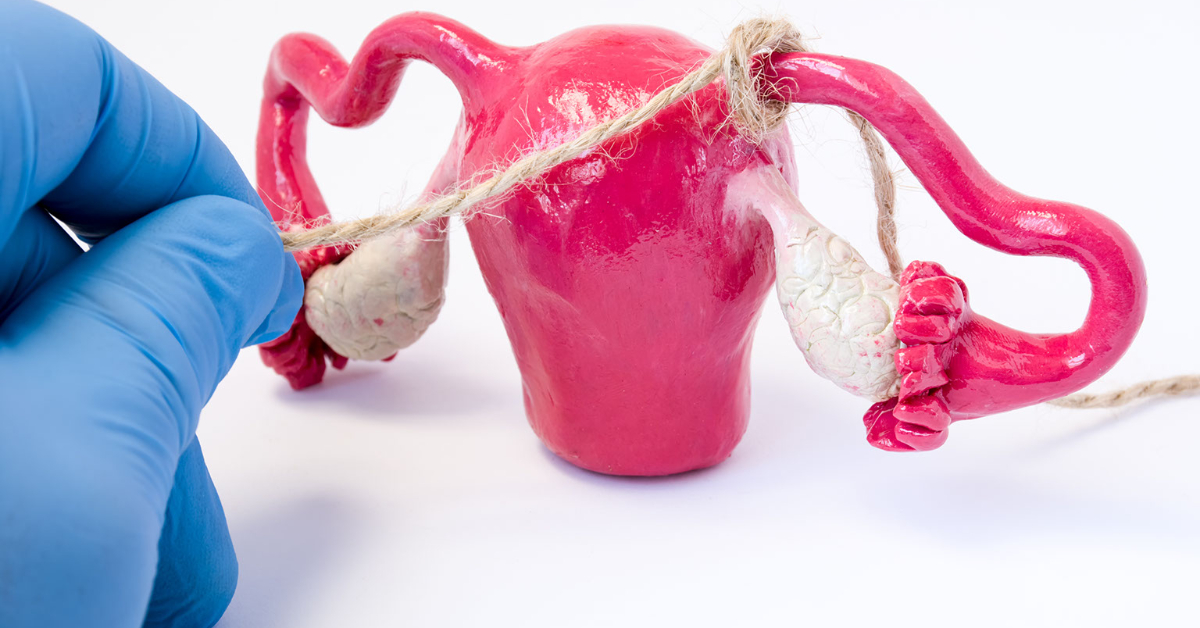
Table of Contents What is Tubal Ligation Reversal? Tubal ligation reversal is a surgical procedure designed to restore fertility in women who have previously undergone
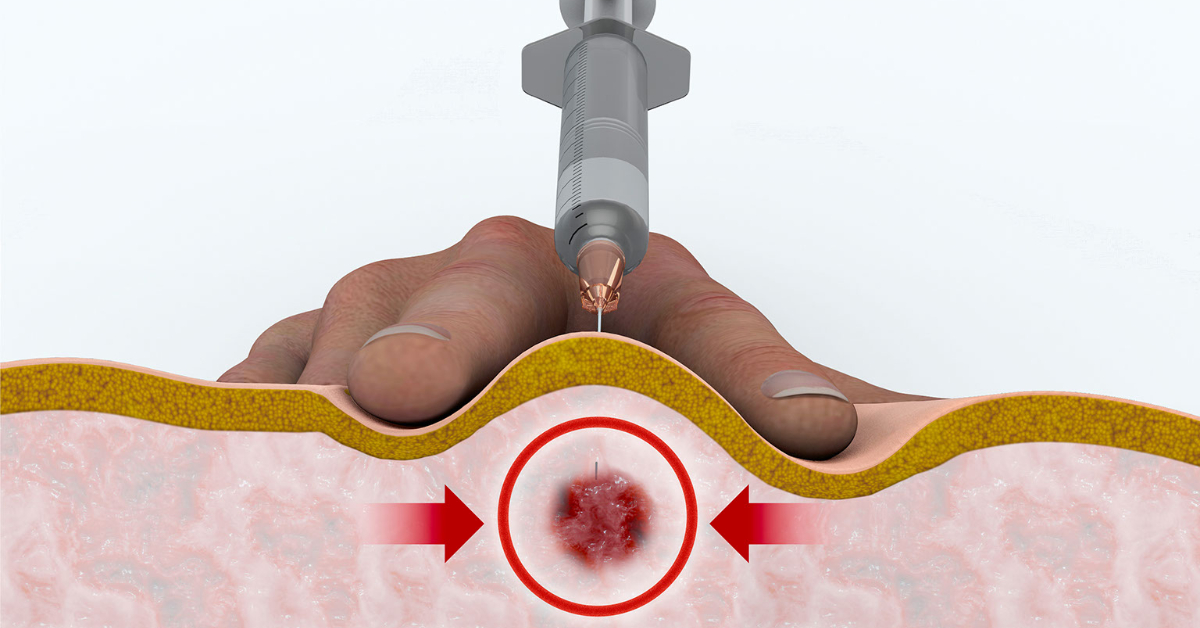
Table of Contents What is Trigger Point Injection? A Trigger Point Injection (TPI) is a medical procedure used to relieve pain caused by trigger points,
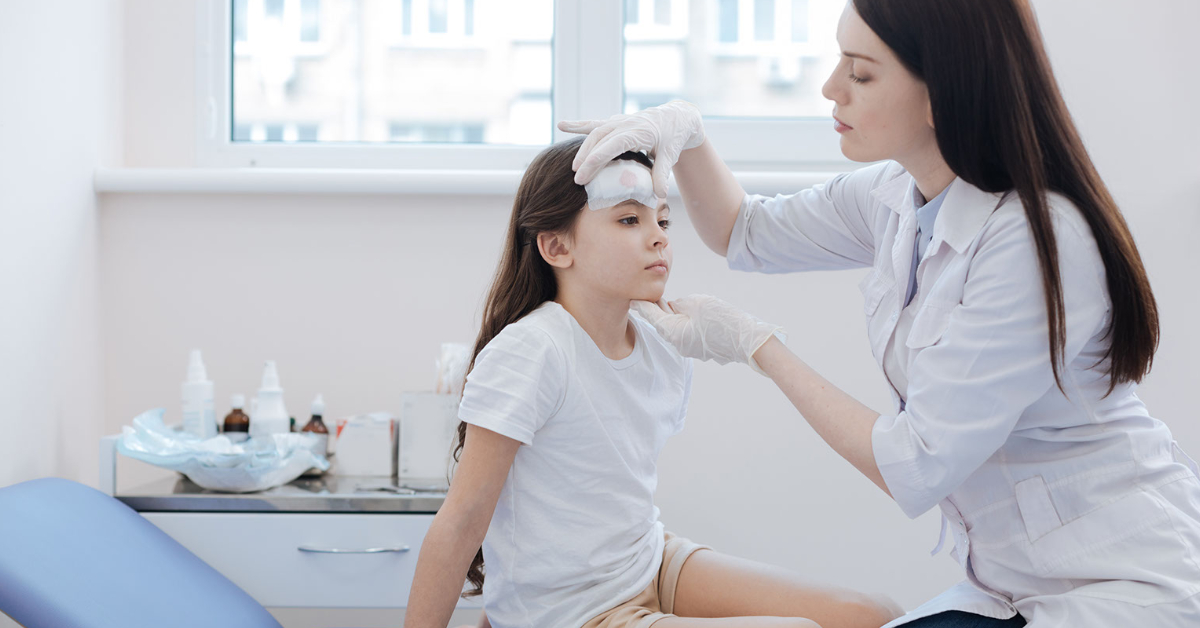
Table of Contents What is Traumatic brain injury (TBI)? Traumatic Brain Injury (TBI) is a serious condition resulting from an external force or trauma to

Table of Contents What is Transurethral Resection of the Prostate (TURP) Transurethral Resection of the Prostate (TURP) is a commonly performed surgical procedure designed to
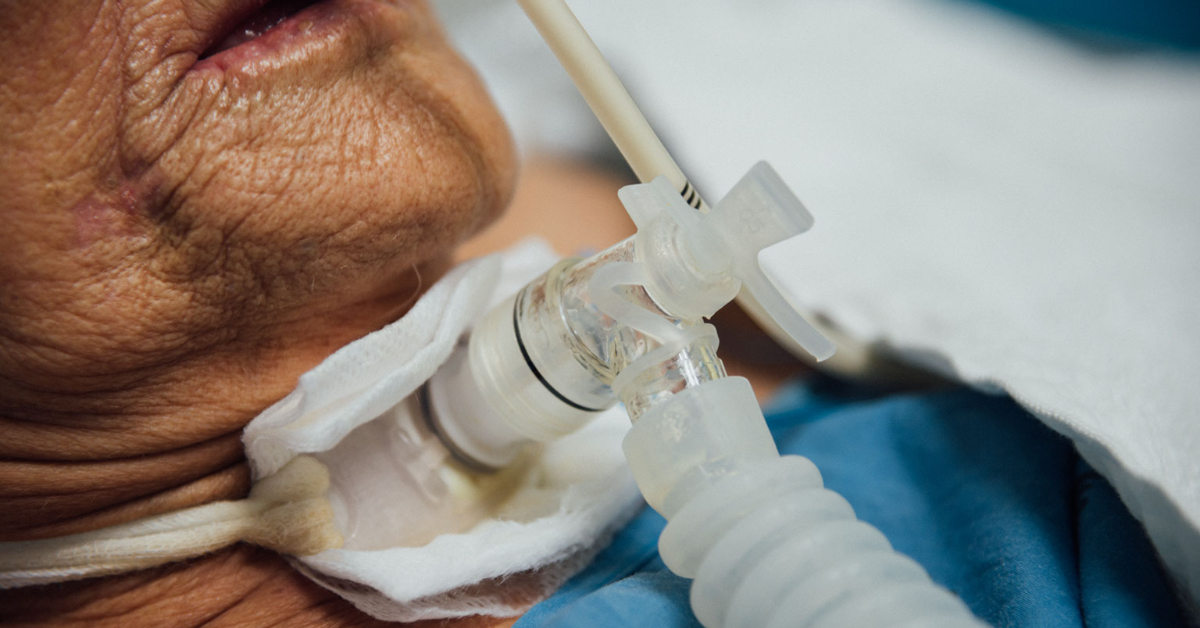
Table of Contents What is Tracheostomy? Tracheostomy is a surgical procedure that creates an opening through the neck into the trachea (windpipe) to facilitate breathing.

Table of Contents What is Trabeculectomy? Trabeculectomy is a surgical procedure designed to lower intraocular pressure in patients with glaucoma, a condition that can lead
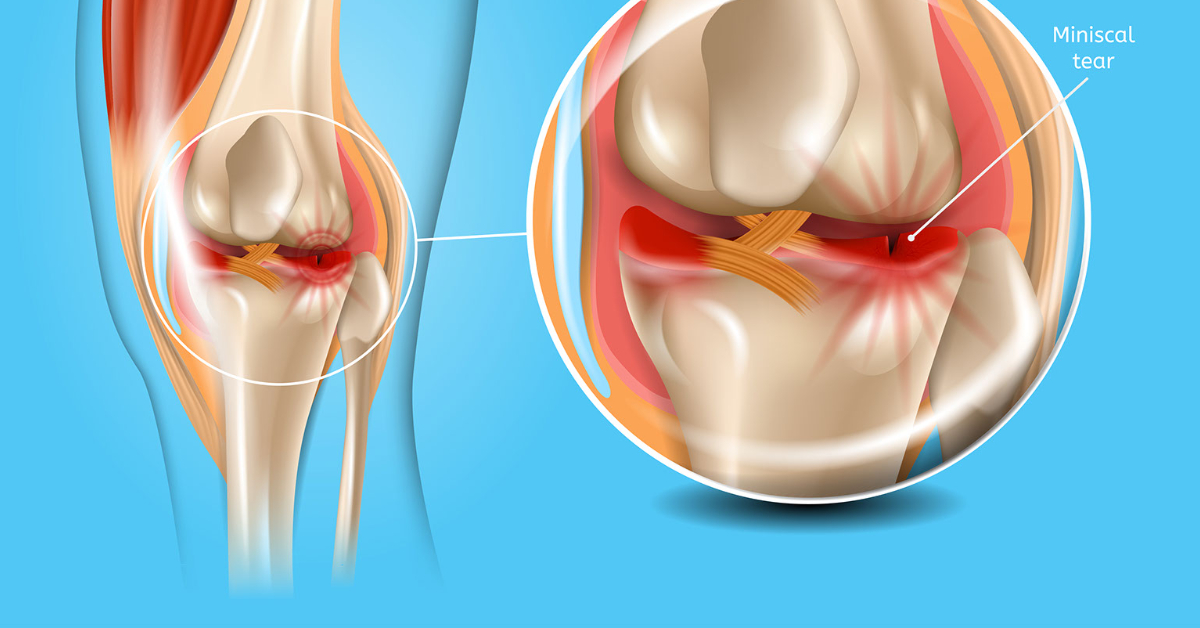
Table of Contents What is Torn Meniscus? A torn meniscus is a common knee injury affecting one of the two wedge-shaped cartilage discs (menisci) that

Table of Contents What is Tonsillectomy? Tonsillectomy is a surgical procedure involving the removal of the tonsils, which are two oval-shaped lymphoid tissues located at
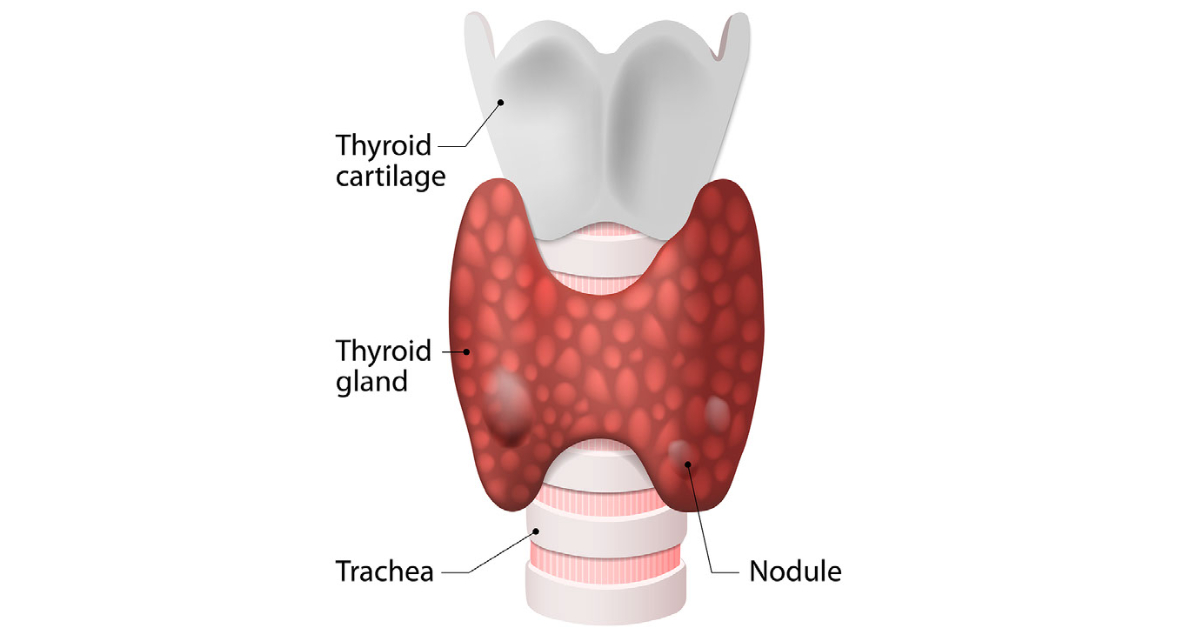
Table of Contents What is Thyroid Nodules? Thyroid nodules are growths or lumps that develop within the thyroid gland, a butterfly-shaped organ located at the

Table of Contents What is Thrombolysis? Thrombolysis is a medical procedure designed to dissolve blood clots that obstruct blood flow in the arteries or veins.
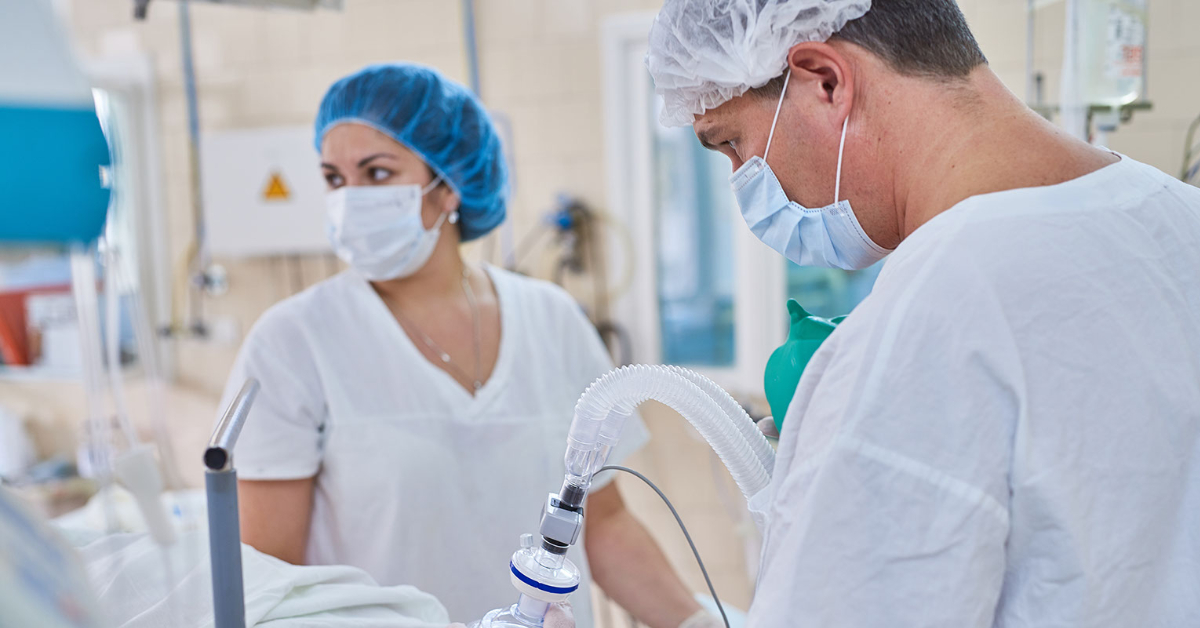
Table of Contents What is Thoracotomy? Thoracotomy is a surgical procedure involving an incision into the chest wall to access the thoracic cavity, which includes
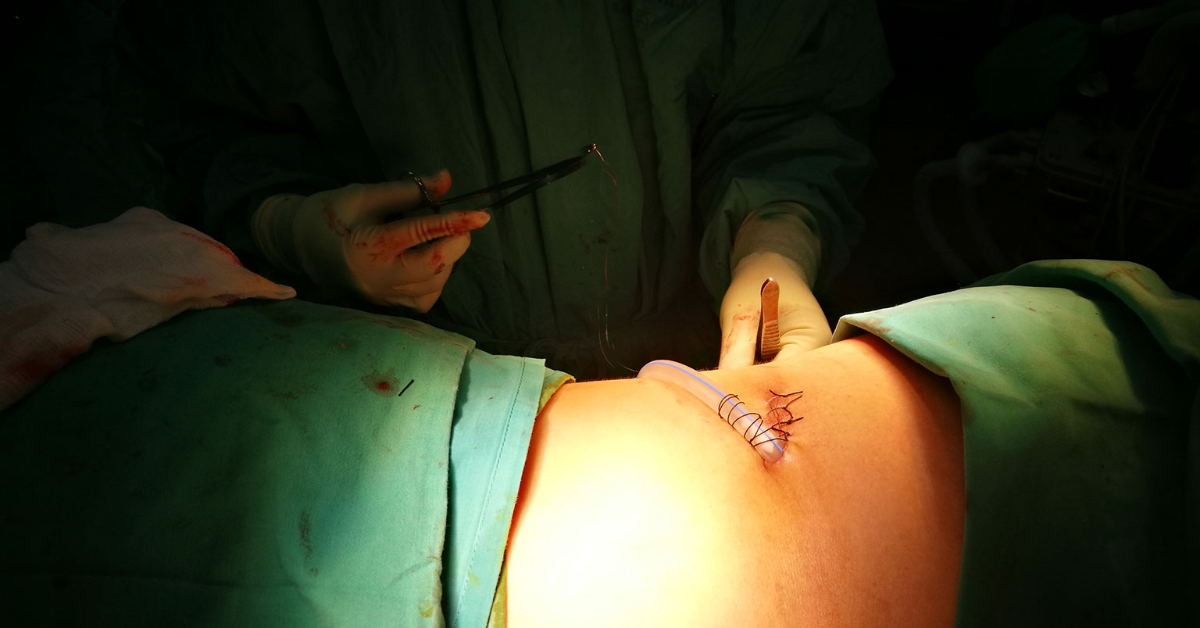
Table of Contents What is Thoracoscopy? Thoracoscopy is a minimally invasive surgical procedure used to examine and treat conditions within the chest cavity. By using

Table of Contents What is Thoracentesis? Thoracentesis is a medical procedure used to remove excess fluid from the pleural space, the cavity between the lungs
Chat on WhatsApp!
*Please note: As of now, we are only assisting international patients who plan to come to India for medical treatment.